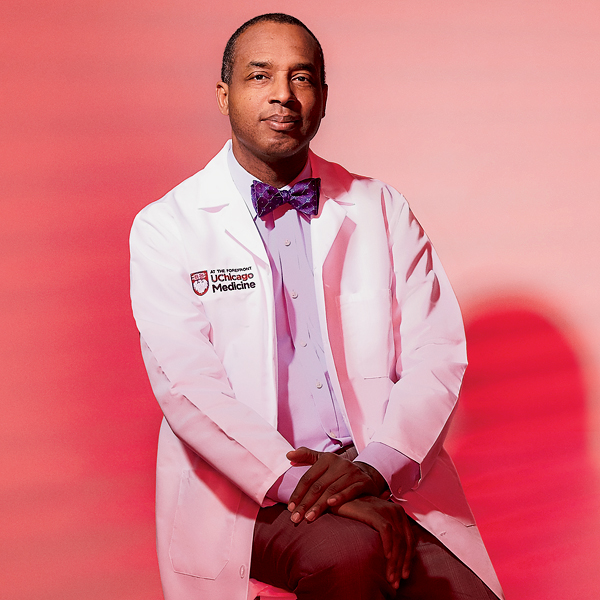
Why does the South Side need a trauma center?
Around 40 percent of the traumatic injuries due to gun violence in Chicago happen on the South Side. There has not been an adult trauma center here since 1991. We are going to change that dramatically May 1.
Community organizers campaigned for the center. How did those voices shape it?
The impact of trauma reverberated in every town hall I attended. In a room of 100 people, half of them will raise their hands if you ask, “Do you know anyone who has been directly impacted by gun violence?” If you went to Lincoln Park, what would the answer be there?
Was there a particular story that affected you?
I was on a panel at AKArama Foundation Community Service Center in Woodlawn. A woman got up and described losing a child to gun violence. She talked about being anxious. She talked about being depressed. She talked about being hypervigilant. But she concluded by saying, “I don’t have time to seek treatment because I have to take care of my other kids.”
How are you going to help people like her?
A lot of times, trauma centers focus on the physical but not the holistic recovery. We’ll accompany recovery with intensive case management and psychological assessments. We’re going to try to better define which intervention works for which patients and target them in a very specific way.
You spent 27 years in Boston and most recently worked in Galveston, Texas. What’s different about Chicago?
How siloed things are. I’m struck, as I move through the city, that sometimes I’ll be the only black guy. I’ve never felt so hyperaware about race.
How does that shape your work here?
Just last week, someone walked into my office for a job interview and said, “I’ve never been interviewed by a black male.” I feel like I have a calling to amplify myself and inspire others so that no one says that again. Because I’m not that special.



